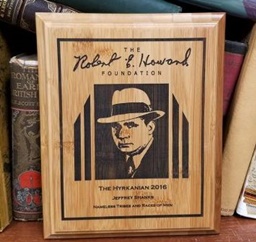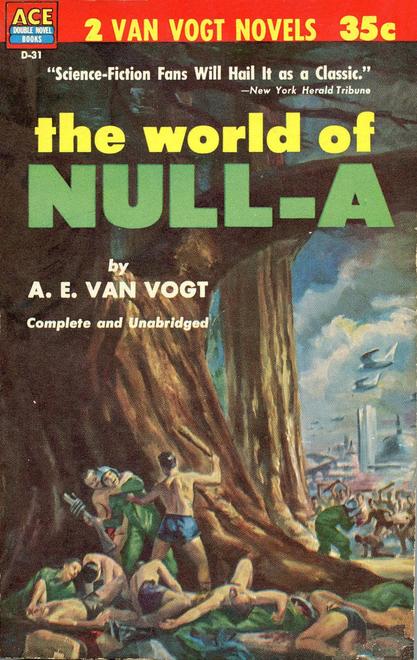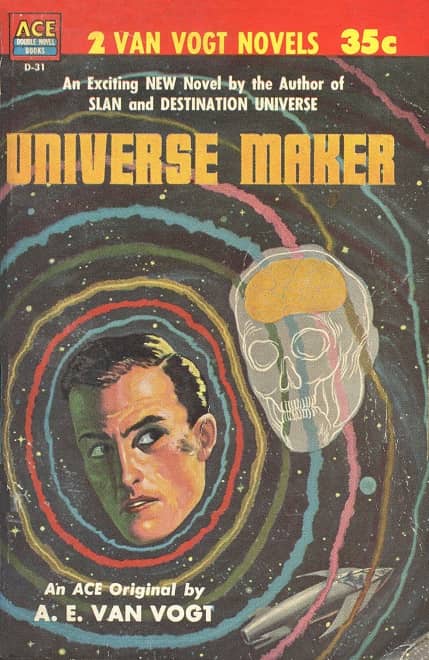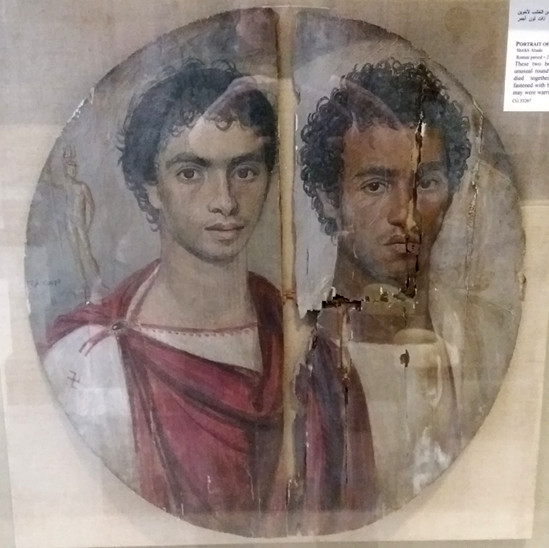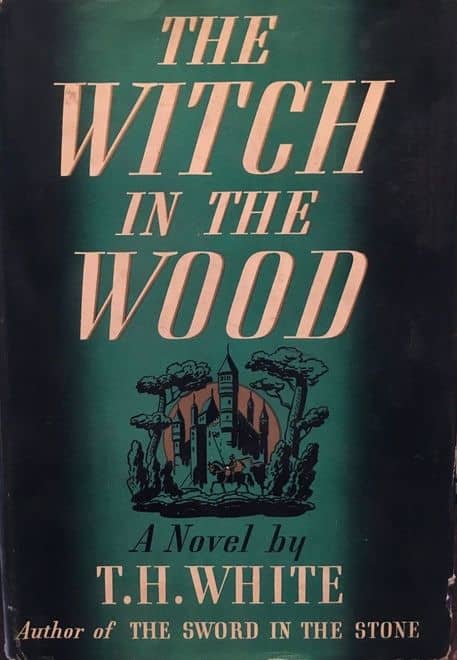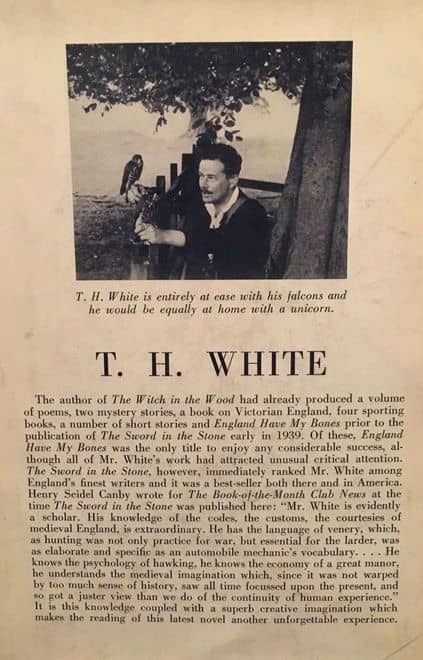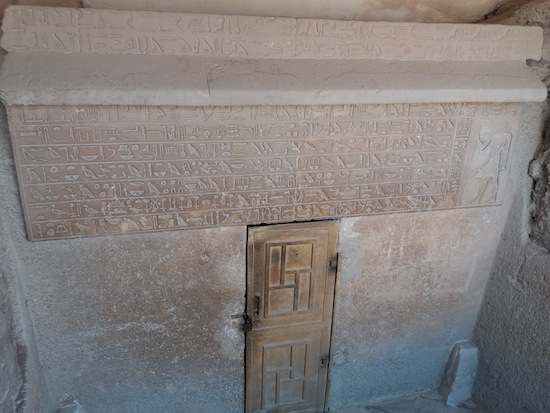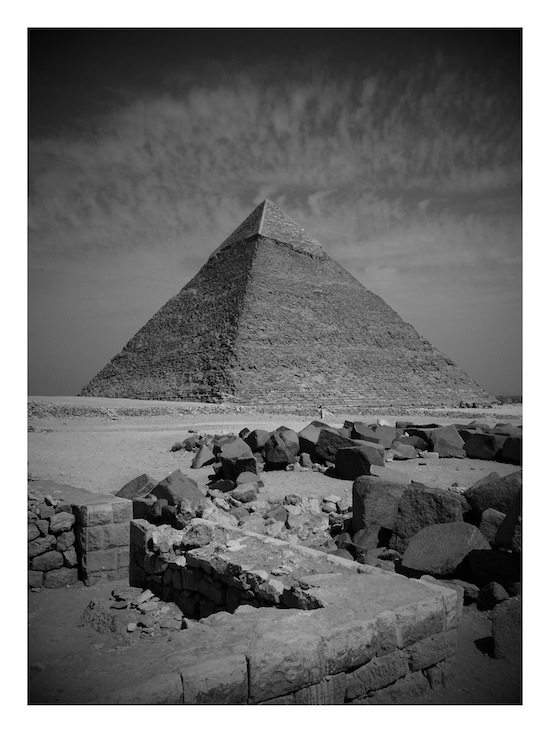In my early teens, I discovered and devoured T.H. White’s omnibus quartet of novels, The Once and Future King. The first and most child-like remains the best known: The Sword in the Stone. After this, and unjustly neglected (by Disney and the world in general), come The Queen of Air and Darkness, The Ill-Made Knight, and The Candle In the Wind.
In my later teen years, I concluded that The Once and Future King, taken as a whole, was the single best novel I had ever read. Having reached the ripe old age of fifty, it’s time to re-evaluate. Is White’s work still worth its weight in gold?
Perhaps you recall Book One, in which the young King Arthur, known affectionately as the Wart, meets Merlyn, gambols through a lifetime’s worth of transformational adventures, and draws a certain sword from a stone. Hysterically funny, dreamy and given to long flights of fancy about hawks and birds, The Once and Future King still works genuine magic, even when its digressions and mood swings threaten to topple the whole everything-plus-the-kitchen-sink mess into a stew of narrative anarchy.
In short, it’s a full meal and then some, and I, along with fantasy lovers the world over, adore it still. (Ursula K. LeGuin, R.I.P., lent her opinion to one edition’s jacket copy, saying, “I have laughed at White’s great Arthurian novel and cried over it and loved it all my life.”) Yet, many seem unaware that the cycle, tracing Thomas Mallory’s Le Morte d’Arthur, continues.
Book Two began life as The Witch in the Wood, and arrived in print in 1939, just as the world fell off a precipice it hadn’t seen coming, and descended into a darkness from which it is still fighting to recover. Revised and expanded, The Witch in the Wood became The Queen of Air and Darkness, and no book better upholds the argument for valuing a work as the sum of its discordant parts.
…
Read More Read More

